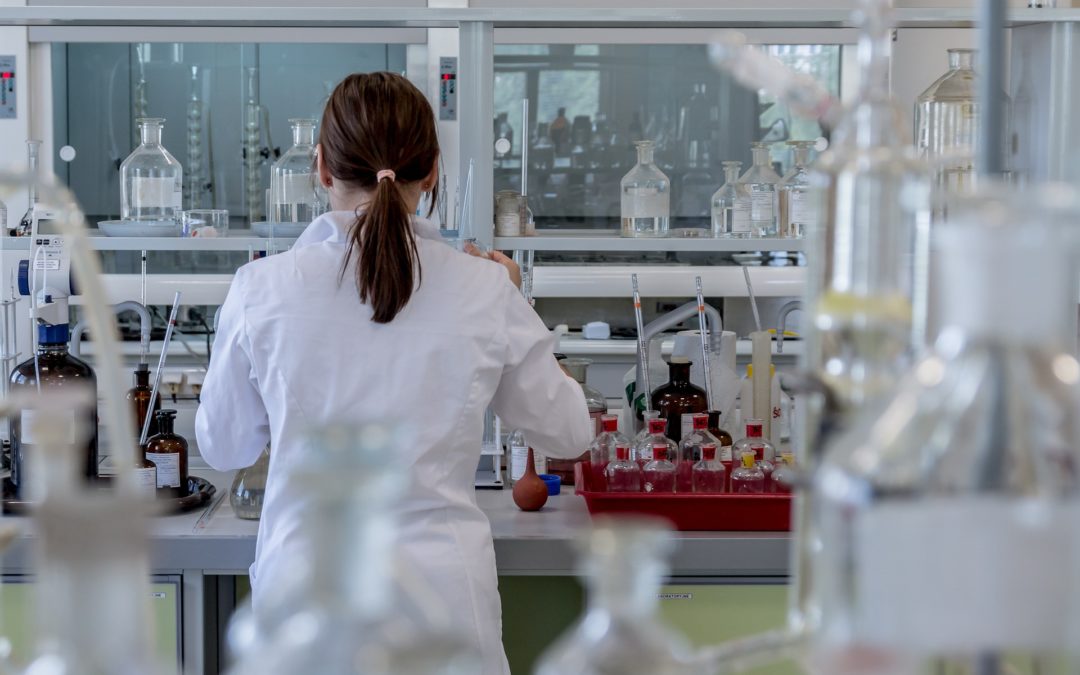Did you know there are laws for how to test your home for meth? According to Utah Code, any test submitted to the health department must comply with certain standards. These are NIOSH 9106, 9109, and 9111.[1] Now, if all that didn’t leave your head shaking like a Boggle game, then good for you! If, however, you find yourself staring blankly at the screen in terror, you’re not alone.
Plenty of people find this topic off-putting. Wading through government websites and indexes can feel a bit like herding cats. Or, if not cats, then at least hamsters in roller-skates.
Okay, rodents in recreational footwear may seem like a stretch. Still, this stuff can be tricky at first. So, if you find yourself confused about NIOSH and what it means for your home, rest assured. You’ve come to the right place.
What is NIOSH?
Let’s start by breaking down the name. NIOSH stands for The National Institute for Occupational Safety and Health. It’s part of the CDC and works closely with OSHA. NIOSH has an important role. It conducts and oversees research related to the work-place.[2] You can think of it as a watchdog keeping track of new research and analytic methods, or a hive of bees collecting the information we need to keep us safe.
The numbers you see (9106, 9109, and 9111) are some of the approved methods for analyzing illegal substances. Of course, explaining these methods in any depth would require a lot of science and chemistry. Since that’s more info than most of you need, we’ve opted for a simpler route. Check out the list below for a brief summary of how these approaches differ, and what they have in common.
NIOSH Methods – How It Works
- First, we collect samples following specific steps. (Each one of these methods includes guidelines for how to collect and test samples).[3] Then, we send what we’ve collected to the lab.
- All three approaches use a similar form of analysis. For 9106 and 9109 this is a gas chromatography-mass spectrometry (or GC-MS). Try not to get hung up on the technical wording. This is nothing more than a way to identify different particles. (Fun fact, the GC-MS helps fight crime. Forensic scientists use this type of analysis to investigate fires and explosions, illegal substances, and so on).
- 9106 and 9109 both require a sample to undergo extraction before testing. One requires a liquid-liquid extraction and the other a solid-phase extraction. Again, no need to overthink the wording. These are simply ways to separate meth from all the other gunk so we can see it.
- The 9111 approach uses a process similar to GC-MS. However, it requires a liquid analysis instead of gas. This is called a liquid chromatography-mass spectrometry (LC-MS). This method won’t test for many substances at once, but it is extremely accurate when it comes to identifying meth.
- Of all three methods, 9111 is the quickest and least expensive.[4] Its high accuracy and affordability make it our favored choice as well.
NIOSH and Professional Testing
To sum it all up, NIOSH compliance means following the appropriate procedures. When testing a property for meth, that means accurate sampling and analysis. Of course, some things are easier said than done. In this case, getting an accurate test may require professional help. (And some states even require professional testing). You can learn more about state requirements and different tests in our blogs or on our website.
At AEI Decon we guarantee that each of our tests is NIOSH 9111 complaint. If you’re in Utah and ready to have your property tested by a certified decontamination specialist, call us at 801-888-6698.
Image by Michal Jarmoluk from Pixabay
[1] https://rules.utah.gov/publicat/code/r392/r392-600.htm
[2] https://www.cdc.gov/niosh/
[3] https://www.cdc.gov/niosh/docket/archive/pdfs/NIOSH-178/0178-101711-Final_doc.pdf
[4] https://www.cdc.gov/niosh/docket/archive/docket178.html

